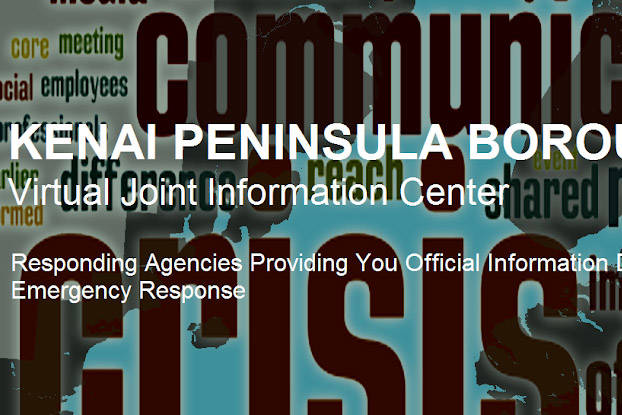By Dan Nelson
The residents of the Kenai Peninsula Borough rose to the occasion as usual this past Tuesday night, as most of our mobile phones alerted us to a tsunami warning and directed residents to high ground. The warning was issued as a result of a 7.8 earthquake near the Aleutian chain and affected the southern Kenai Peninsula around Kachemak Bay, and a tsunami advisory, a lesser level of alert, was in effect for the Seward and Resurrection Bay. By about 1 a.m., all of the warnings had been canceled, but not before residents and visitors in low-lying areas took heed of the warning and moved to high ground. Reports from first responders around the borough indicated everyone left the low-lying areas quickly and calmly.
The Office of Emergency Management (OEM) is a borough agency tasked with the coordination and management of natural and man-made emergencies within the political boundaries of the Kenai Peninsula. During these types of events, we distribute information through our KPB Alerts platform and coordinate with all of the first response agencies to ensure that everyone is kept safe and informed.
Tsunami inundation areas for the Kenai Peninsula occur around Kachemak Bay and Resurrection Bay generally, and do not extend up the Cook Inlet to Anchor Point, Ninilchik, or other central peninsula communities. Many residents have asked us why they received such an urgent warning if they live outside of the danger zone — that answer has some complex technical facts, but it can be broken down to our large size and governance structure.
The federal warning system that uses radio stations and wireless phones to disseminate alerts is built for use nationwide, and generally uses counties to determine where to send a message. While in the Lower 48 this allows for a relatively targeted message, here in Alaska a borough is the size of a small state. Unfortunately, that means the only option is to send a message to the entire Kenai Peninsula, instead of just the tsunami inundation areas.
Subscribers to our KPB Alerts telephone system may have then received a phone call or text clarifying the areas under threat. Unlike the federal alerting, we are able to geographically target specific messages. During an event such as this large earthquake and warning, this may result in multiple messages or phone calls. This is to ensure that everyone gets the right information — especially in such a potentially hazardous event as a tsunami.
At the federal level, improvements are being made to refine alerting beyond such an “all or none” solution. At the borough, we are continuously utilizing our experience and lessons learned to ensure safety for all. If you have not yet signed up for KPB Alerts, you can register your mobile phone to one or more physical addresses to get warnings for that area at https://alerts.kpb.us. For updated information during emergencies, please like and follow KPB Alerts on Facebook and Twitter.
Dan Nelson is the emergency manager for the Kenai Peninsula Borough.
• By Dan Nelson

